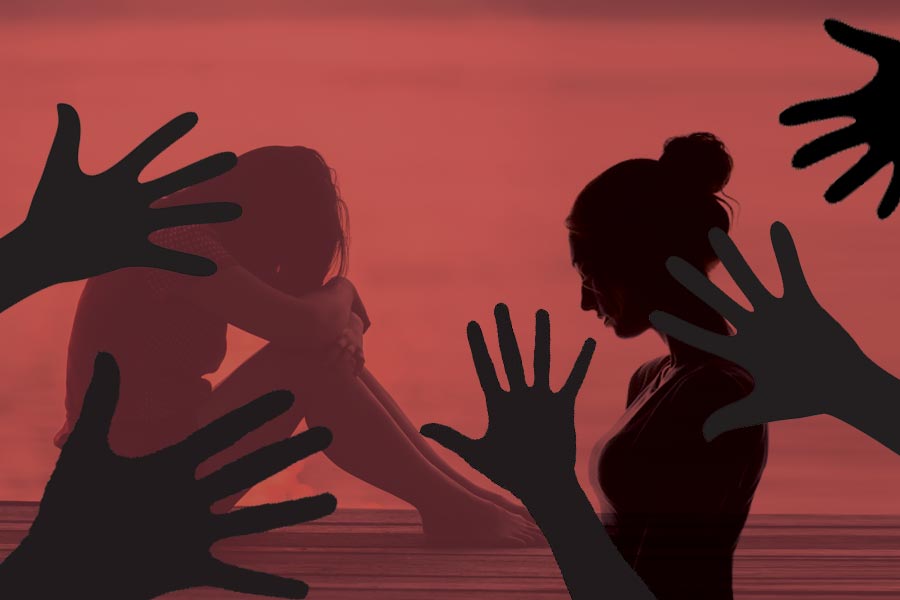The remarkable feature of the protest against the rape and murder of the junior doctor in R.G. Kar Medical College and Hospital was its unified nature in its initial
stages. People from all walks of life joined, from manual workers and domestic assistants to their employers and their families. The sexual assault and death of a doctor in her workplace seemed to symbolise the vulnerability of all women. There was something glaring about the tragedy: even a doctor on duty in her workplace was not spared what all women try to escape much of the time. It was as if the half-hidden face of a misogynistic society was suddenly exposed. The social and educational status of the doctor made the event outstanding. That is clear from the fact that the National Crime Records Bureau shows over 31,000 rapes in the 2022 annual report; no similar protest took place for these.
What is as remarkable, however, is that among these, the increase in rapes of Dalits and tribal people by men from higher castes is not always visible. Without recognising that a major source of rape is located within the way society is structured — in the violent effort to retain caste hierarchies and the exercise of power on hitherto deprived population groups finding access to social advantages — the crime will never be fittingly addressed. Between 2015 and 2021 rapes of Dalit women by upper-caste men increased by 45%. In 2022, such incidents numbered 2,839, and tribal survivors numbered 820. Ten rapes of Dalit women and girls are reported every day — just a tiny fraction of actual incidents. One report on 13 states shows that in 62% of the cases men from dominant castes targeted Dalit girls below 18. These are not as shockingly
visible as they should be because, in spite of laws, discrimination is common in the administration: a double bias against gender and caste may make registering a first information report an ordeal in itself.
It is easy to make the crime disappear. Even if an FIR is registered from a Dalit girl’s complaint, that the perpetrators are of the upper caste may be omitted. Complaints may be registered without naming rape. Such tricks to render the crime invisible add to the fear of complaining, because there is always the possibility of angering powerful caste groups. It may lead to repeated rapes, as happened to a 13-year-old Dalit girl in Uttar Pradesh in 2022; she was raped again by the same four upper-caste men after the police refused her FIR. Although local committees in each district are supposed to protect women in the unorganised sector by law, only 30% of districts had such committees in 2020. That is a sign of dominant society’s indifference to the poor. But if
rape is to be fought, its roots in discrimination, hatred and gender and caste insecurity must first be acknowledged and analysed.










